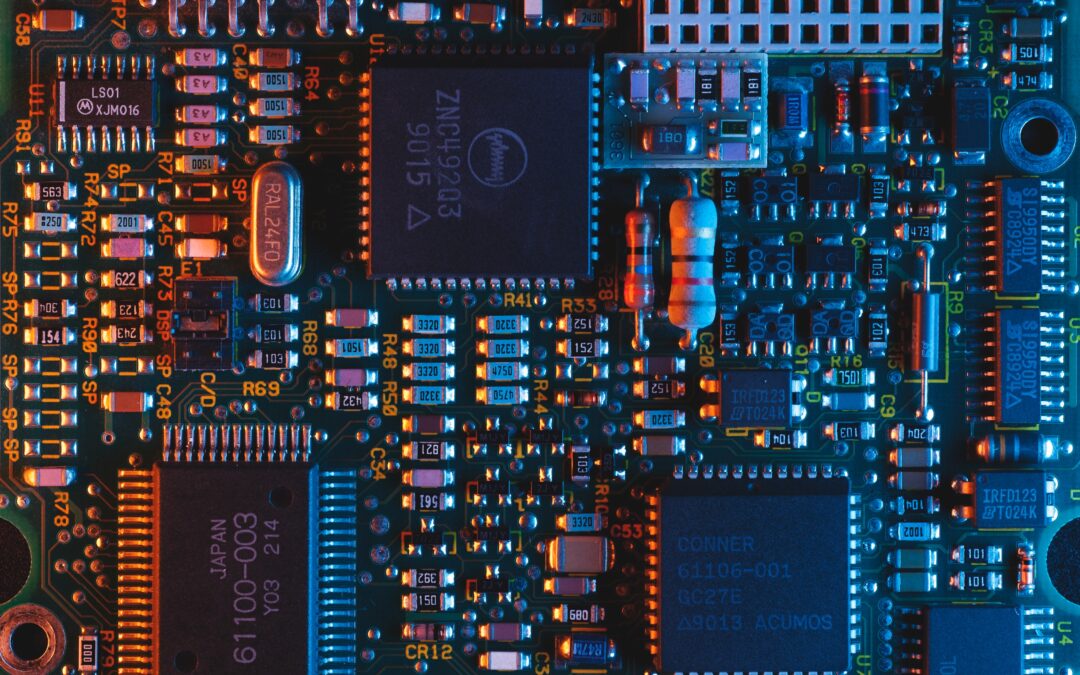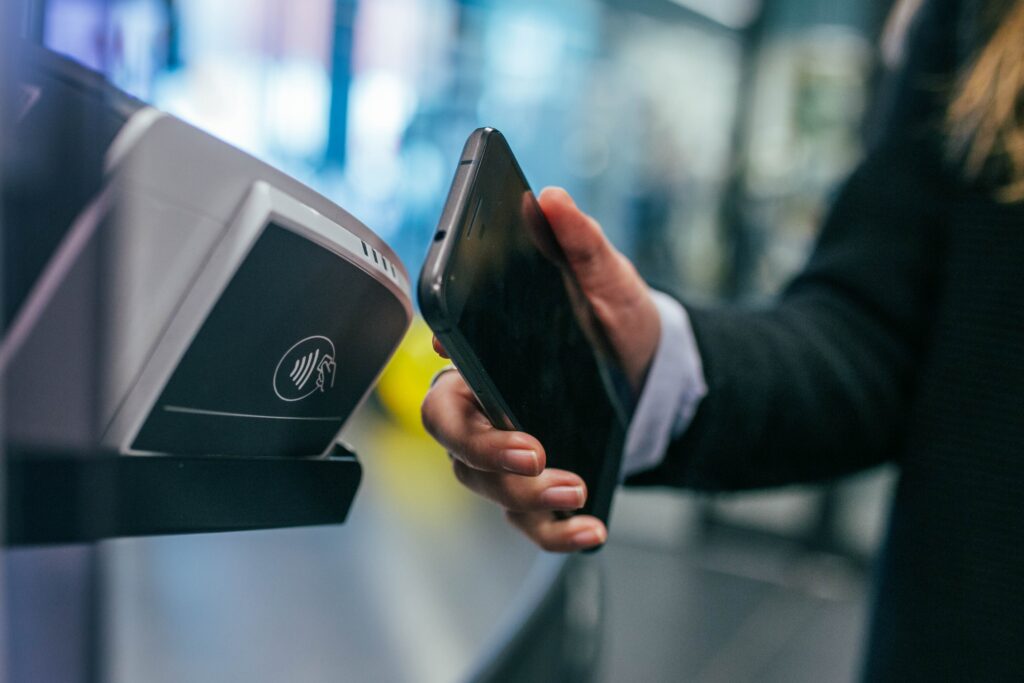Today we’re talking Smart lockers and IT asset management.
We are increasingly using smart lockers in community settings today. Over the course of the last few years, people have grown accustomed to seeing these upgraded systems around town. We spot them in places like grocery stores, multi-unit residences, and libraries. We use them on college campuses and even correctional facilities.
More offices and work settings continue the shift from paper to entirely digital and tech-dependent modalities. Smart lockers will play a growing, prevalent role in office environments and working functionality. This may feel like a no-brainer for businesses well-versed in the world of tech. However, there is a wide swath of professionals in management positions who are hoping to catch up.
Smart lockers are some of the latest innovations and updates to office workflow. If you and your business work in the world of IT assets (most of us do!) smart lockers are an important aspect to consider. This progressive technology is new and efficient, but it’s ultimately a solution to an old and familiar quandary for enterprises. How do we exchange the necessary tools to do our job? How do we do so safely? And how do we improve the work we do going forward?
Let’s unlock this in regard to Asset Management for IT professionals
IT Rental, Trades, And Updates
In the everyday work of IT professionals and departments, there is often a near-constant exchange of equipment, ideas, and planning that takes place. When it comes to managing all the elements that make up a business or organization’s IT, there is a wheel of steps that include things such as planning, requesting, procuring technology, receiving, managing, and eventually, retiring.
The efficiency and success of the IT wheel depend heavily on the smooth transition of assets between personnel and clear systems so that the IT assets remain organized, well-cared for, and available for use.
This is where smart lockers can really shine – the in-between moments that take place from step to step in the process of asset management. With smart lockers, professionals know where something is, how to retrieve it, and exactly when the asset is available.
In the smart locker world, we’ve already seen how this emphasis on efficiency has revolutionized the mailroom. It’s made a difference in technician locker areas, pharmaceutical industries, and even grocery delivery. The same can and will be true of office spaces, co-working areas, and IT departments. This is especially true as we reenter physical working dynamics after the last few years of distance-everything. There are opportunities to capitalize on in this new chapter. Namely, by investing in improved systems such as smart lockers.
IT Safety
In addition to improving wait time, communication, and overall flow in a department, smart lockers provide an invaluable aspect to IT asset management: safety and security.
And in the world of IT, this is critical. Often, the assets we manage in these scenarios are expensive. In some situations and contexts, the equipment can be essentially irreplaceable – particularly for businesses and organizations on a frugal budget.
Upgrading as soon as possible to using smart locker technology means that you are taking important, proactive measures to keep valuable gear safe. And since smart lockers are temperature controlled, you can also rest easier knowing that the equipment is in a consistent environment when in storage or when between personnel. This consistency can add up to years of additional usage and less troubleshooting and repairs on a day-to-day basis.
Additionally, when we safely store IT assets in a particular area, the overall security of an entire building is improved. This is because in minimizing opportunities for IT assets to be left vulnerable, you minimize the risk of being targeted by thieves and other agents of chaos. Smart lockers are convenient, sure, but more importantly, they are secure.
IT Asset Management In The Office Context
When we manage IT assets well, our work moves smoothly. The productivity of the entire office or workspace is vastly improved. Smart lockers prove that better systems can also be simpler – creating a culture of efficiency, respect, and sustainability that ripples out into every area of a business.
The other part? Smart lockers are easy. Even the most tech-adverse co-workers will be able to figure out and function within this improved system. Thus, the IT assets that a company has invested in are more often used. Smart lockers make IT assets accessible to all workers. Professionals in the office who need the assets will be able to use them when they need them. IT assets become a plus for all workers, not just those with a proclivity to tech.





